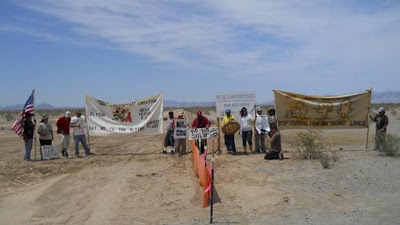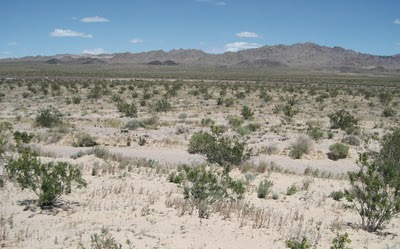Indigenous America Asks Questions About "Green" Policies
Film maker Robert Lundahl captures Native American concerns regarding the destruction of sacred sites during the initial construction of Solar Millennium's Blythe solar power project. Ironically, the bulldozers already cleared an ancient geoglyph known as "the sun." The solar project is being delayed since Solar Millennium's switch to photovoltaic panels will require approval, and the company is also attempting to secure financing. If the company clears these hurdles, construction could resume next year and destroy up to 11 square-miles of historical sites and desert habitat. Indigenous America Asks Questions About U.S. "Green" Policies from Robert Lundahl on Vimeo .









